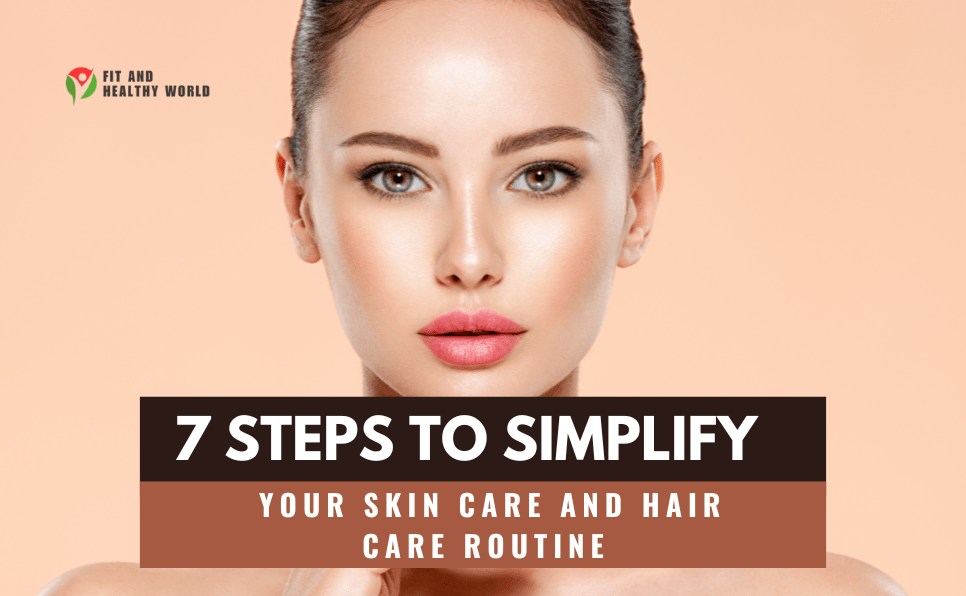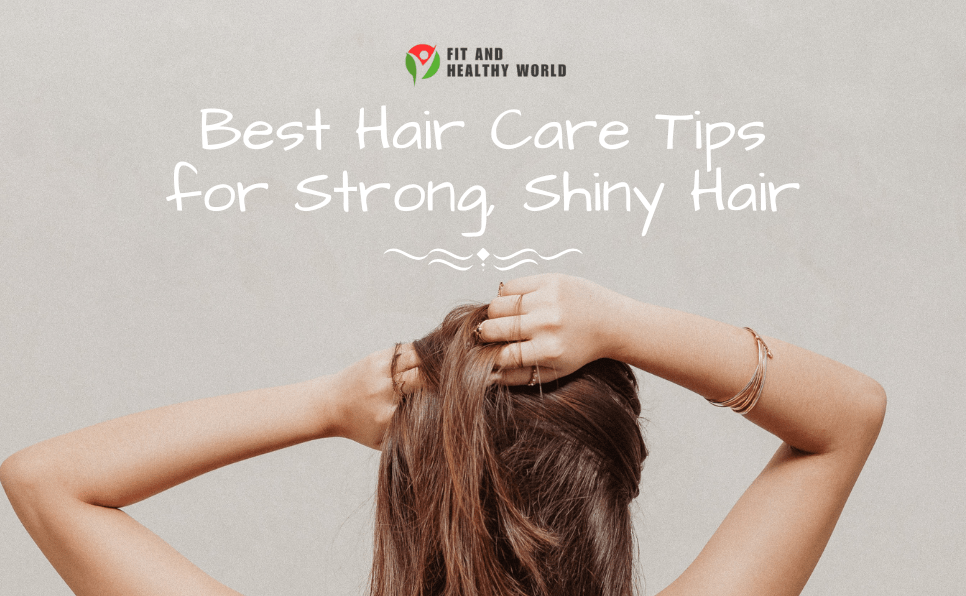Your nails serve as indicators of your general health condition beyond their typical function as an aesthetic feature. The body shows signs of vitamin D deficiency by first affecting the nails. A vitamin D deficiency becomes evident through nail discolorations and breaks that result in ridged textures. The paper demonstrates how vitamin D deficiency distorts nail health before exploring existing medical interventions for addressing vitamin D insufficiency.
What Are the Signs of Vitamin D Deficiency in Nails?
A sufficient amount of vitamin D is necessary to achieve strong healthy nails.Vitamin D deficiency inside your body gets expressed through alterations to your nail condition. Three major warning signs emerge when someone does not receive enough vitamin D.
- Brittle Nails:The most recognizable symptom of vitamin D deficiency involves nails that have poor strength and break with ease.
- Ridges in Nails:The appearance of grooves or ridges on your fingernails can suggest vitamin D deficiency to you.
- Nail Discoloration:Vitamin D deficiency presents itself through white spots together with yellowing and dark lines on the skin.
- Slow Nail Growth:Slowing nail growth can be a symptom of insufficient vitamin D consumption in your body.
- Pitting Nails: The surface of the nail may develop small indented areas primarily because of vitamin D deficiency.
- Spoon-Shaped Nails:Vitamin D deficiency leads to a medical condition which causes nails to curl inwards with spoon-like development..
You can receive early treatment that prevents worsening of the condition by identifying the signs of vitamin D deficiency at the start.
Why Are Nails Sensitive to Vitamin D Deficiency?
Your nails reflect the general condition of your skin and bones. The body needs vitamin D to access and absorb calcium together with phosphorus. Your nails will become weaker when your body does not get sufficient vitamin D levels. Your nails become weak because a vitamin D deficiency interrupts keratin production which serves as a protein for strength maintenance.
kêrtîn constitutes most of your nails and any breakdowns in the keratin production process will lead to noticeable damage. Your nails display signs of distress before other body areas because your body lacks necessary nutrients.
How Vitamin D Affects Nail Growth
The development of nails requires multiple steps which begin when cells multiply quickly at the base where your nails connect to your fingers. Vitamin D maintains control over the cells’s production rate. The absence of vitamin D causes cell production to reduce speed thus leading to delayed nail growth.
The cell production process depends directly on vitamin D as well as its necessity for calcium absorption.The condition of your fingernails depends on calcium nutrients because low vitamin D production results in brittle and thin nails. The development of your nails will slow down and their health will decline if your body lacks vitamin D.
Recognizing the Symptoms of Vitamin D Deficiency in Nails
Changes occurring in nails might take place at such a gradual pace that initial detection becomes challenging for the individual. The following checklist provides recognized symptoms to search for in your nails:
- White Spots:The condition typically stems from zinc deficiency yet it might indicate insufficient vitamin D levels.
- Nail Ridges:Vertical lines running across the nails may indicate vitamin D imbalance.
- Brittle Nails:It becomes necessary to evaluate your vitamin D status when regular nail damage persists.
- Nail Discoloration:Dark lines or yellow discoloration of the fingernails may signal health problems which could result from vitamin D deficiency.
Observed changes in your health should not be ignored because they indicate the early onset of the deficiency.
Treatment and How to Fix Vitamin D Deficiency in Nails
Vitamin D deficiency has a treatment solution which allows nails to improve through proper care. This problem can be managed through the following steps:
1. Get More Sunlight
Sunlight functions as an outstanding source to obtain vitamin D. Natural vitamin D production in your skin occurs after skin exposure to daylight. Your skin type alongside your residential location determine how much daily sun exposure you need which should be between 15-30 minutes at least.
2. Incorporate Vitamin D-Rich Foods
Food consumption can help increase your vitamin D levels together with sunlight exposure. Some vitamin D-rich foods include:
- Fatty fish like salmon and mackerel
- Fortified dairy products (milk, cheese)
- Egg yolks
- Mushrooms exposed to sunlight
3. Take Vitamin D Supplements
Vitamin D supplements serve as a suitable choice when you struggle to obtain sufficient vitamin D from food and sunlight. Get medical advice for correct dosage of supplements.
4. Stay Hydrated and Nourished
Your water consumption needs to be sufficient as well as your intake of food that maintains balance in your diet. Nails rely on complete dietary nutrition to stay healthy therefore you should consume sufficient amounts of vitamins and minerals especially calcium iron and zinc.
5. Moisturize Your Nails
Nails affected by dryness become worse when a person has mineral and vitamin deficiencies. Nourishing nail creams as well as oils offer hand and nail hydration that promotes their overall health.
Preventive Tips for Healthy Nails
Here are some additional tips to keep your nails healthy and strong:
- Moisturize your cuticles regularly.
- Trim your nails to prevent them from breaking.
- Avoid harsh chemicals that can weaken nails, such as cleaning agents.
- Use gloves when doing household chores to protect your nails from chemicals and water damage.
- Consider a multivitamin supplement that includes vitamin D, calcium, and biotin.
Conclusion
The health status of your nails depends significantly on vitamin D consumption. The development of brittle discolored nails that grow more slowly appears when vitamin D levels fall short in the body. Sunlight exposure combined with vitamin D-rich food and supplement use enables you to improve your nail condition.
Healthcare professional diagnosis is required to properly identify nail health issues when discomfort and severe problems arise.
FAQs
Can low vitamin D affect your nails?
Yes, low vitamin D can lead to brittle, slow-growing nails, and other nail abnormalities like discoloration and ridges.
What are 5 signs of vitamin D deficiency to not ignore?
- Brittle nails
- White spots on nails
- Slow nail growth
- Nail discoloration
- Pitting or spoon-shaped nails
What does vitamin deficiency look like in fingernails?
Multiple vitamin deficiencies in the body result in fingernail symptoms that include brittle nails along with white spots, coloring abnormalities, slowness in growth and ridged nails.
What does vitamin D deficiency look like?
Vitamin D deficiency results in brittle nails together with three primary symptoms which involve bone pain consistent complaints and muscle weakness that causes fatigue.
My nails are broken in the middle. Blood test results show vitamin D deficiency. It is really painful, and the condition of my nails is getting worse. What can I do to fix my nail?
Your nails will gain benefits from vitamin D credited to sunlight exposure along with dietary nutrients and medical supplements. Treatment of the nails combined with protective measures helps your nails heal normally.
Are weak nails a symptom of vitamin D deficiency?
Weak and brittle nails frequently appear as one of the indications that your vitamin D levels are insufficient.Can vitamin D deficiency cause nails?
Insufficient vitamin D intake creates different nail problems which result in brittleness and discoloration and minimize growth speed.



